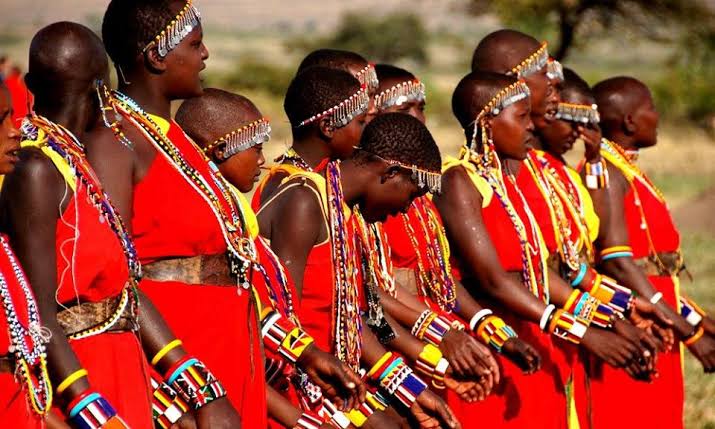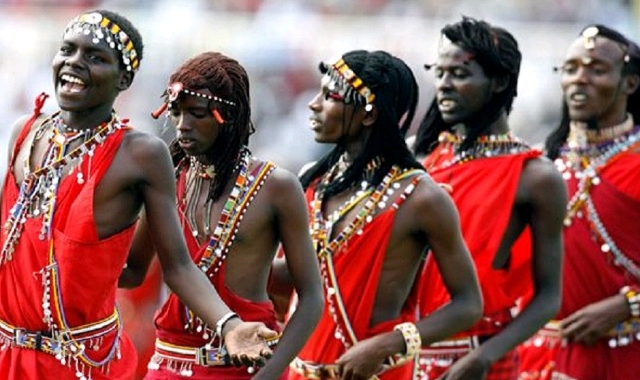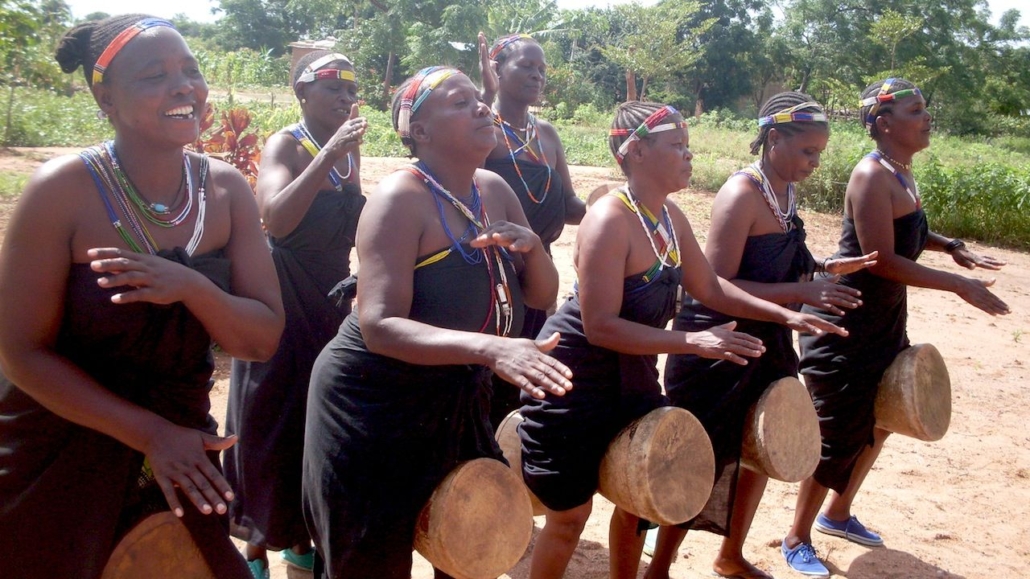The Richest Tribe in Tanzania : Tanzania is one of the world’s countries with the most tribes and cultures; it contains over 100 tribes, each with their own culture, beliefs, and economic standing; the country lacks a distinct dominant ethnic majority. The Maasai, Sukuma, Chagga, Haya, Ngoni, Hadzabe, Datoga, and many other tribes are among the most well-known tribes in Tanzania. The Sukuma, Tanzania’s largest ethnic group, account for only approximately 16 percent of the country’s overall population, followed by the Nyamwezi and Chagga. Tanzania, unlike its neighboring countries, despite having many tribes has not seen large-scale civil wars and This fact is attributed to the unifying power of Swahili, the national language, which unites them all to feel like they are one community.

With so many tribes, each has its own set of beliefs and economic practices that serve as a source of income. For example, some tribes, such as the Maasai and Mbulu, specialize in livestock keeping as a source of income, whereas other tribes, such as the Chagga and Sukuma, are more agriculturally based, cultivating bananas and rice, respectively.
With a population of over 2 million people, the Chagga people are Tanzania’s third-largest ethnic group. They live on the southern and eastern slopes of Mount Kilimanjaro and are known for being Tanzania’s wealthiest, richest, and most powerful tribal tribe. Many things influenced or caused this, including their strong work ethic, primarily in farming, their location near Mount Kilimanjaro (tourism) and the extent of western education they obtained after landing in Kilimanjaro, one of the first sites in Europe to accept missionaries. Despite their numerous groups in their region, the Chagga have managed to maintain a strong sense of identity and pride, making them one of Tanzania’s most recognizable tribes.
THEIR ECONOMY AND TOURISM
Due to the presence of water streams, small rivers, and water falls from Mount Kilimanjaro, the Chagga people on the slopes of Kilimanjaro are known as the richest of all Tanzanian tribes. The Chagga participate in farming, cultivating bananas, maize, and beans as their primary cultivation crops. Their weather is favorable for agriculture because they receive a lot of rain compared to other parts of Tanzania where there are few sunny days. And, because they have so many water sources, they do irrigation when it’s dry.
Because Chagga people live near Tanzania’s most famous and iconic tourist attraction, Mount Kilimanjaro, they benefit greatly from tourism. In addition to small businesses and farming, tourism is another key source of income for Chagga families. Some Chagga members engage in local commodity sales aimed at tourists visiting Mount Kilimanjaro, while others engage in cultural tourism, which earns them more money from visitors, especially during the peak tourism season.

CHAGGA LANGUAGE
The Chagga people’s primary language is Kichagga, which is a Bantu/mother tongue. The Chagga people speak a variety of languages in different parts of the country. Despite their tongue distinctions, the Chagga people can communicate with one another. Apart from their native tongue, Chagga can speak fluent Swahili, the national language, and most of them can also communicate in English due to their educational background. In primary schools, Kiswahili is the language of instruction, and it is also utilized in the workplace. In secondary schools and higher education institutions, English is the language of education.
CHAGGA RELIGION
The Chagga people’s most distinctive religious symbol is the Kibosho Catholic Church, which was established during the colonial period. It is one of Kilimanjaro’s largest and oldest churches, and several travelers go there for photography and to see the church’s exquisite architecture. In the middle of the nineteenth century, Christianity was brought to the Chagga people, and by the end of the century, both Protestants and Catholics had established missions in the region. Traditional Chagga beliefs and customs have been diminished or changed to new Christian ideas as a result of the acceptance of Western religions.
Early Swahili caravan traders introduced Islam to the Chagga people. Not only with the Chagga of various locations, but also with Muslims of other ethnic groups, Islam offered a sense of community. However, Christianity is the Chagga people’s major and largest faith, and on Sundays, when they worship, you can see them forming larger groups in the church, The Richest Tribe in Tanzania.
CHAGGA EDUCATION
The Chagga received their first classroom instruction in Christian missions. Boys frequently outnumbered girls in educational facilities since education was not valued as highly for girls in the past. However, thanks to Tanzania’s efforts, the numbers are about equal now that they understand the value of education. When Tanzania gained independence, all Chagga people were urged to attend at least primary school. By 1971, the government had made basic education free. All children aged seven and up were required to complete at least seven years of primary school education. Those who passed a qualifying examination continued their education in secondary school and the Chagga people are now considered one of Tanzania’s most educated tribes, with many of them attending university.
CHAGGA CULTURAL HERITAGE
Wooden flutes, bells, and drums are among the traditional Chagga instruments. Almost every celebration includes singing and dancing. The Chagga have developed a taste for diverse genres of music as a result of their exposure to other ethnic groups and Western culture. Swahili songs by diverse Tanzanian bands, as well as West and Central African music and dance genres, are among them. Reggae, pop, and rap are popular among young people, but they still have their own traditional songs that are performed at significant events such as weddings and other special occasions. They drink local alcohol known as mbege, which is a Chagga local alcohol that is drunk in a group of people sharing the same drinking utensil. If you visit during the weekend, especially on Saturday and Sunday, you will be able to observe this beautiful kind of Chagga culture and create memories in your mind. You can also participate by sharing this soft drink with them.

DISTRIBUTION OF LABOUR
Chagga labor has always been centered on the farm and is divided by gender. Men are responsible for feeding goats, constructing and maintaining canals, preparing fields, butchering animals, and constructing dwellings. Firewood and water collecting, fodder cutting, cooking, and cleaning the homestead and stables are all tasks performed by women. In the marketplace, women are also in control of trading. Women in rural communities also make money by selling crafts and tailoring. The Chagga are recognized for their strong work ethic and entrepreneurial spirit, The Richest Tribe in Tanzania.
CHAGGA FOOD
Bananas are the Chagga people’s principal diet. The Chagga produce a range of food crops, including bananas, millet, maize (corn), beans, and cassava, which is also their main source of drink. They also have cattle, goats, and sheep for meat and milk. Most Chagga residents are now compelled to buy meat from butcher shops due to a lack of land and grazing grounds. Milk, sweet potatoes, fat, yams, and butter are considered female foods and are provided to pregnant women. Beer and bananas are considered male foods and should not be consumed by pregnant women. Mtori, a soup meal made from bananas and beef, is a traditional Chagga cuisine that has migrated to other parts of Tanzania, where other tribes have modified it by adding Irish potatoes.


